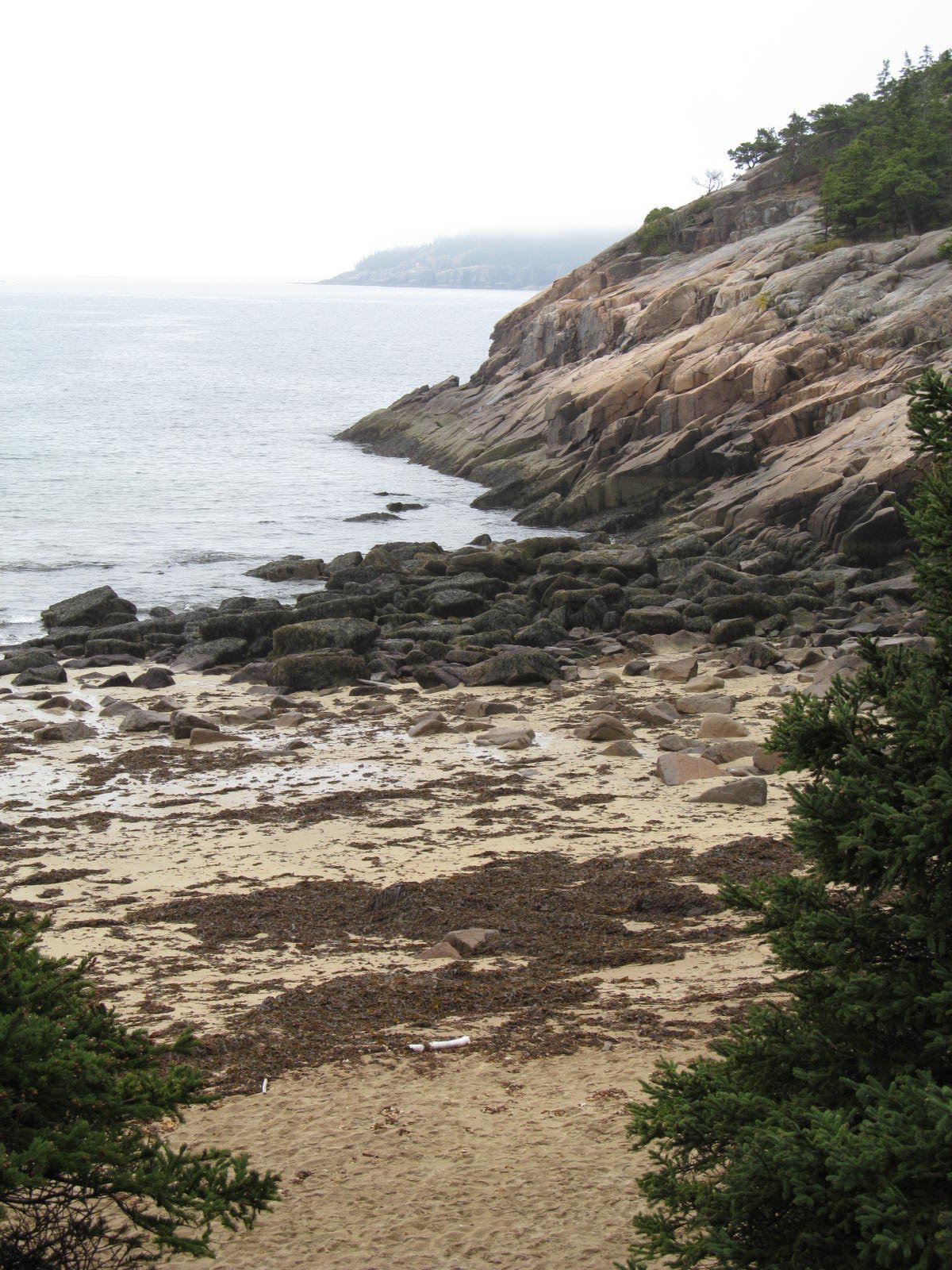Electric bikes are indeed allowed in Acadia National Park, but with specific regulations. Class 1 e-bikes are permitted on all bike-friendly areas, including carriage roads and Schoodic bike paths. However, Class 2 and Class 3 e-bikes face restrictions, being limited to paved roads only. The park has implemented a 20 mph speed limit on carriage roads and bike paths to ensure safety. This article delves into the details of e-bike usage in Acadia, providing essential information for visitors planning to explore the park on electric bicycles.
What Are the Specific E-Bike Regulations in Acadia National Park?

Acadia National Park has clear guidelines for electric bike usage:
- Class 1 e-bikes:
- Allowed on all bicycle-friendly areas
- Motor assists only when pedaling
-
Assistance stops at 20 mph
-
Class 2 e-bikes:
- Prohibited on carriage roads and Schoodic bike paths
-
Allowed only on paved roads with other motorized vehicles
-
Class 3 e-bikes:
- Prohibited on carriage roads and Schoodic bike paths
- Allowed only on paved roads
- Considered a higher safety risk due to potential higher speeds
The park has reduced the speed limit from 25 mph to 20 mph on carriage roads and Schoodic bike paths to enhance safety for all users.
Where Can You Ride Different Classes of E-Bikes in the Park?

The park has designated specific areas for different classes of e-bikes:
| E-Bike Class | Allowed Areas | Prohibited Areas |
|---|---|---|
| Class 1 | Carriage roads, Schoodic bike paths, paved roads | None |
| Class 2 | Paved roads only | Carriage roads, Schoodic bike paths |
| Class 3 | Paved roads only | Carriage roads, Schoodic bike paths |
It’s crucial to note that all e-bike riders must follow general park rules and safety guidelines, regardless of the bike class.
What Are the Must-Know Safety Rules for E-Bike Riders in Acadia?
When riding an e-bike in Acadia National Park, follow these essential safety rules:
- Yield to all other users on shared paths
- Maintain a safe speed, especially on gravel surfaces
- Be prepared to stop at any time
- Stay to the right and give clear warnings when passing
- Move to the side when stopped
- Wear a helmet (required by Maine state law for riders under 16)
These rules ensure a safe and enjoyable experience for all park visitors, whether on foot, horseback, or wheels.
What Are the Best E-Bike Trails in Acadia National Park?
Acadia offers several scenic routes suitable for e-bikes:
- Park Loop Road:
- Distance: Approximately 27 miles
- Difficulty: Moderate with some uphill sections
- Highlights: Thunder Hole, Sand Beach, Cadillac Mountain
-
Perfect for e-bikes due to assistance on hilly terrain
-
Carriage Roads (Class 1 e-bikes only):
- Extensive network of gravel paths
- Scenic routes through forests and past lakes
- Shared with pedestrians and horse-drawn carriages
-
20 mph speed limit
-
Schoodic Bike Paths (Class 1 e-bikes only):
- Less crowded than main park areas
- Offers coastal views and forested trails
- 20 mph speed limit
These trails provide diverse experiences, from coastal vistas to forested paths, all accessible with the assistance of an e-bike.
Are There Any Logistical Considerations for E-Bike Users in Acadia?
When planning your e-bike adventure in Acadia, keep these logistical points in mind:
- Parking:
- No specific e-bike parking areas
-
Use general park parking lots
-
Transportation:
- Island Explorer buses and Bike Express trailers do not accommodate e-bikes
-
Plan your route accordingly
-
Rentals:
- Several local shops offer e-bike rentals
-
Acadia Outfitters and other vendors provide rentals and route advice
-
Guided Tours:
- No e-bike-specific tours mentioned
-
General park programs may be adaptable for e-bike users
-
Permits and Fees:
- No specific e-bike permits required
- Standard park entrance fees apply
By considering these factors, you can ensure a smooth and enjoyable e-bike experience in Acadia National Park.
How Does Acadia’s E-Bike Policy Compare to Other National Parks?
Acadia’s e-bike policy aligns with many other national parks but has some unique aspects:
- Similarities:
- Allows Class 1 e-bikes on most bike-friendly trails
-
Restricts Class 2 and Class 3 e-bikes to paved roads
-
Differences:
- 20 mph speed limit on carriage roads and bike paths (lower than some parks)
-
Specific mention of Schoodic bike paths in regulations
-
General Trend:
- Many national parks are adapting to accommodate e-bikes
- Policies aim to balance access with safety and conservation
Understanding these comparisons can help visitors appreciate Acadia’s approach to e-bike management within the broader context of national park policies.
What Are the Environmental Impacts of E-Bikes in Acadia National Park?
The use of e-bikes in Acadia National Park has both positive and potential negative environmental impacts:
Positive Impacts:
1. Reduced car traffic and emissions
2. Increased accessibility to park areas, potentially reducing shuttle bus usage
3. Encourages more people to explore the park actively
Potential Concerns:
1. Increased trail usage and potential erosion
2. Noise pollution (though minimal compared to motor vehicles)
3. Battery disposal considerations
The park continues to monitor these impacts to ensure a balance between accessibility and conservation.
In conclusion, electric bikes are allowed in Acadia National Park, with specific regulations for different classes. By understanding and following these rules, visitors can enjoy the park’s beauty while preserving its natural resources for future generations.
References:
1. https://www.nps.gov/acad/learn/news/class-1-electric-bicycles.htm
2. https://www.nps.gov/articles/ebikes-prohibited.htm
3. https://community.cyrusher.com/t/riding-ebike-in-acadia-national-park/303

